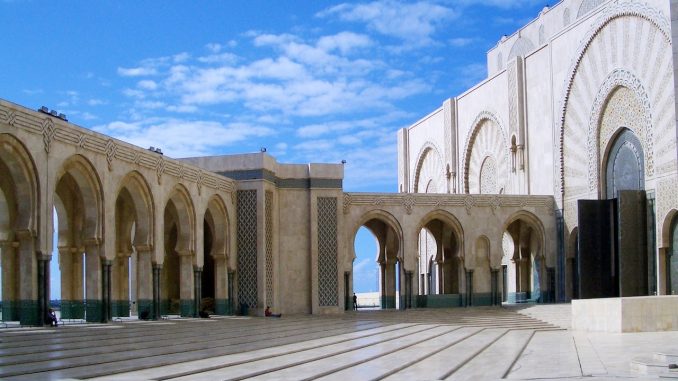
Located in the heart of Casablanca, close to the Place des Nations Unies, boulevard Mohammed V is lined with 29 buildings, with a total of 59 facades overlooking this main thoroughfare. In order to preserve and enhance the rich architectural heritage of this emblematic area, an ambitious project to refurbish and restore the facades and enhance the heritage is currently under study. This initiative is supported by Casablanca Patrimoine, an entity dedicated to rehabilitating, safeguarding and promoting Casablanca’s heritage.
Casablanca Patrimoine’s next major initiative: “Refurbishment and restoration of the façades of Boulevard Mohammed V”. This initiative is part of the drive to revitalize and embellish Casablanca’s city center, with the aim of preserving, enhancing and improving its rich architectural heritage. The estimated budget for this ambitious project is in excess of 15.94 million dirhams (excl. VAT).
Initiatives are underway to enhance the city’s emblematic buildings, particularly those dating from the 1930s. These include Boulevard Mohammed V, home to a collection of old buildings in a variety of architectural styles, bearing witness to the modern life of Casablanca residents from the 1920s to the 1970s.
The boulevard, with its 29 buildings and 59 facades, plays a central role in the city’s dynamics. Its total surface area of around 31,823 square meters will be the subject of a refurbishment and restoration of architectural elements, demonstrating the city’s commitment to Casablanca’s cultural and aesthetic heritage.
The city recognizes the importance of preserving its unique built heritage, and to achieve this, the initiative includes identifying the condition of the buildings along the boulevard’s axis, enhancing the overall value of the architectural heritage of this pedestrian street, encouraging refurbishment that respects architectural features, and supporting the development of technical know-how in refurbishment and restoration. A detailed description of the building complex will enable the study area to be qualified according to existing architectural styles.
The diagnostic phase will explore the history of the buildings, including their period of construction and distinct architectural style, enabling an in-depth understanding of their heritage significance.

Be the first to comment